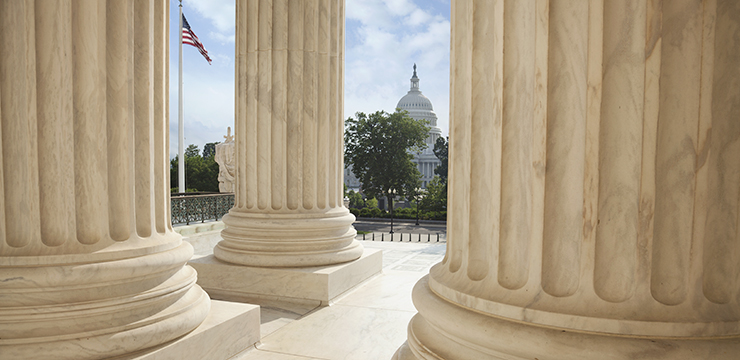Technology & Innovation

The Download: How Defense Tech Is Evolving & Why Renewable Energy Is Booming in Texas
24 minute read | April.15.2025

24 minute read | April.15.2025
.jpg)
11 minute read | May.12.2025
2 minute read | May.27.2025

2 minute read | May.16.2025

This verdict will ensure that patients continue to have access to Regeneron’s lifesaving, cholesterol-reducing drug Praluent.
1 minute read | May.27.2025

2 minute read | May.19.2025

2 minute read | April.07.2025

by Harry Clark, Jeanine P. McGuinness, Elizabeth Zane, Maria Sergeyeva, Gregory I. Hume and Allison Lofgren Bradham
5 minute read | April.04.2025

1 minute read | April.01.2025

1 minute read | March.03.2025

2 minute read | March.19.2025

2 minute read | October.01.2024

1 minute read | March.04.2025

2 minute read | March.03.2025

2 minute read | January.21.2025

Law360 names Orrick Practice Groups of Year in Tech and Construction for groundbreaking work for AI pioneers, tech leaders & infrastructure projects.
2 minute read | December.13.2024
